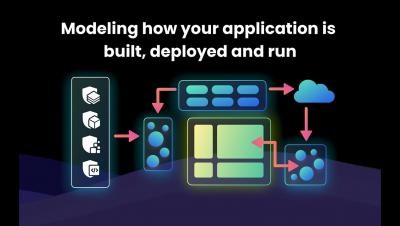Finding and fixing insecure direct object references in Python
An insecure direct object reference (IDOR) is a security vulnerability that occurs when a system’s implementation allows attackers to directly access and manipulate sensitive objects or resources without authorization checks. For example, an IDOR can arise when an application provides direct access to objects based on user-supplied input, allowing an attacker to bypass authorization.











